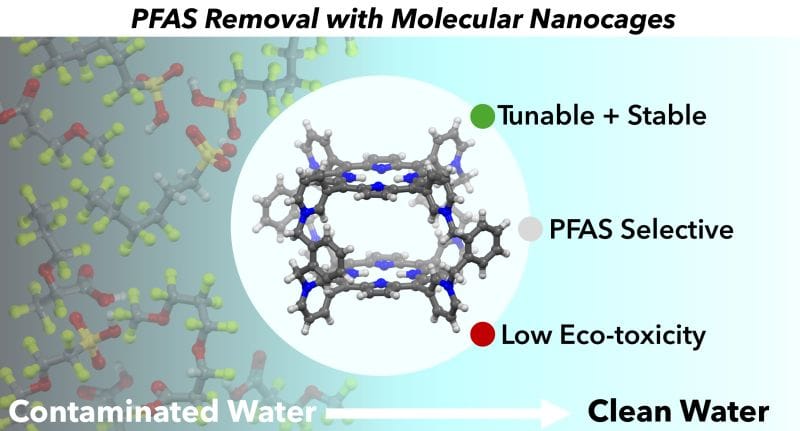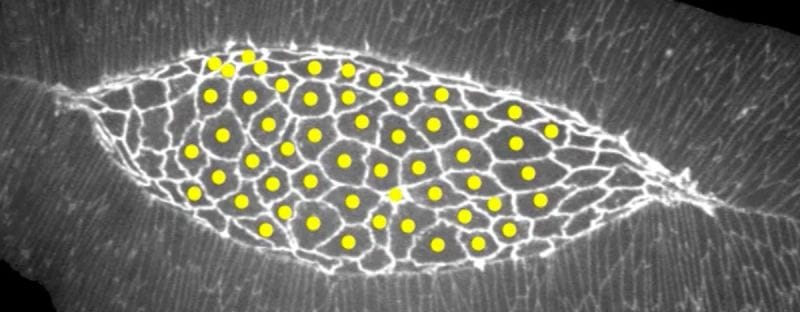RSS feed source: National Science Foundation
The U.S. National Science Foundation today launched a 24/7 crisis intervention helpline for members of the NSF research community who have experienced sexual assault, sexual harassment, or stalking.
The NSF Safer Science Helpline is an anonymous and secure helpline available to NSF awardees, grantees, scientists, contractors and those affiliated with supporting the mission of NSF, including all those supporting NSF’s mission throughout Antarctica and the Arctic.
“NSF is committed to ensuring a culture free from sexual assault, sexual harassment and stalking,” said Renée V. Ferranti, special assistant to the director for NSF Sexual Assault and Harassment Prevention and Response Program Office (NSF SAHPR). “The NSF Safer Science Helpline will give members of the NSF research community a safe way to access support and resources and help foster an environment free from sexual violence.”
Helpline support specialists provide live, confidential, one-on-one crisis intervention and emotional support, as well as information for reporting channels and helping connect victims of sexual harm to additional support resources.
Victims and survivors can access resources through phone, online chat and SMS text support mechanisms. All services are anonymous and secure, providing NSF community members with the help they need, anytime, anywhere. Services are trauma-informed and survivor-centered, aligning with NSF’s goals of ensuring confidentiality, safety and comprehensive care for victims and survivors.
Individuals can access the NSF Safer Science Helpline in the following ways:
Phone
Click this link to continue reading the article on the source website.



